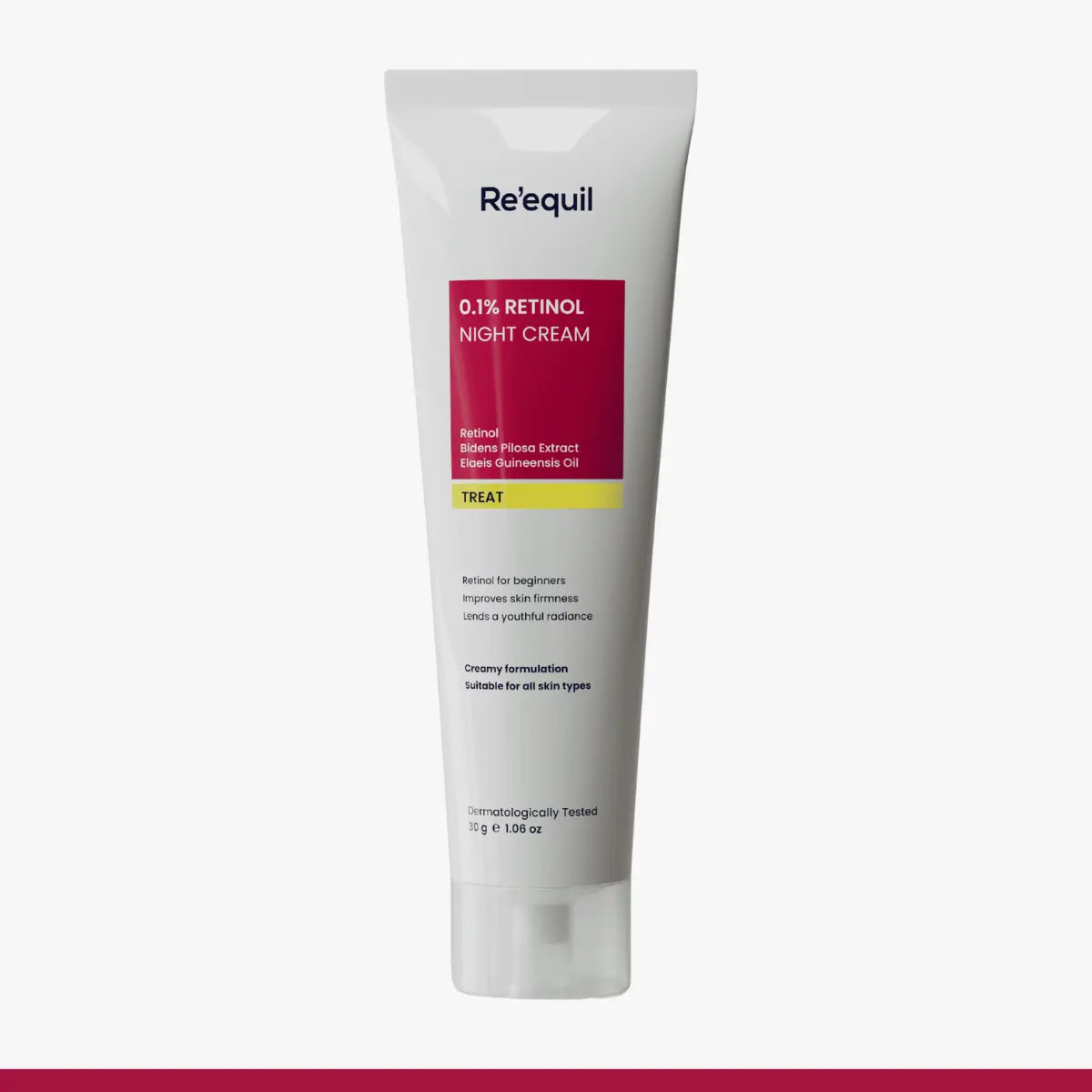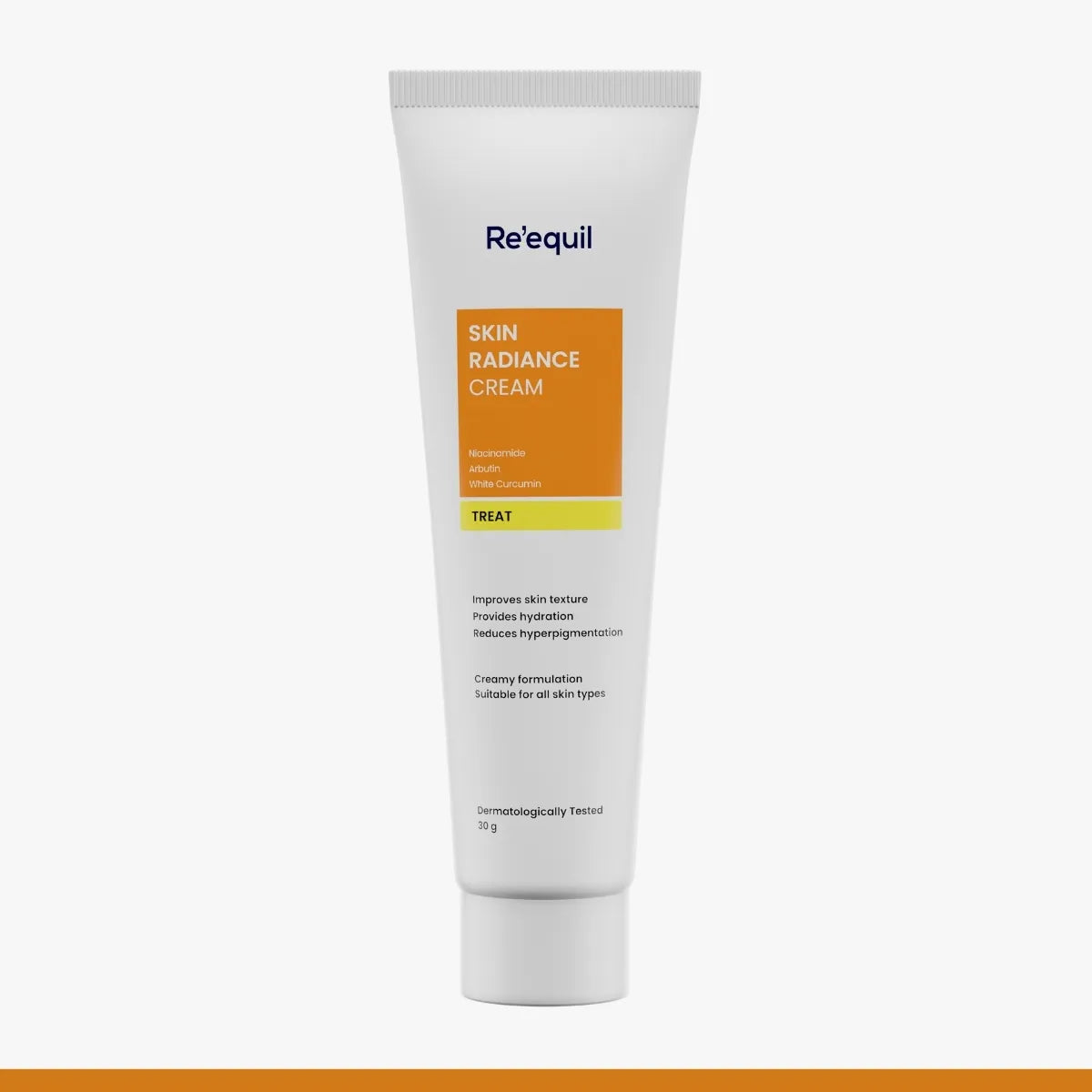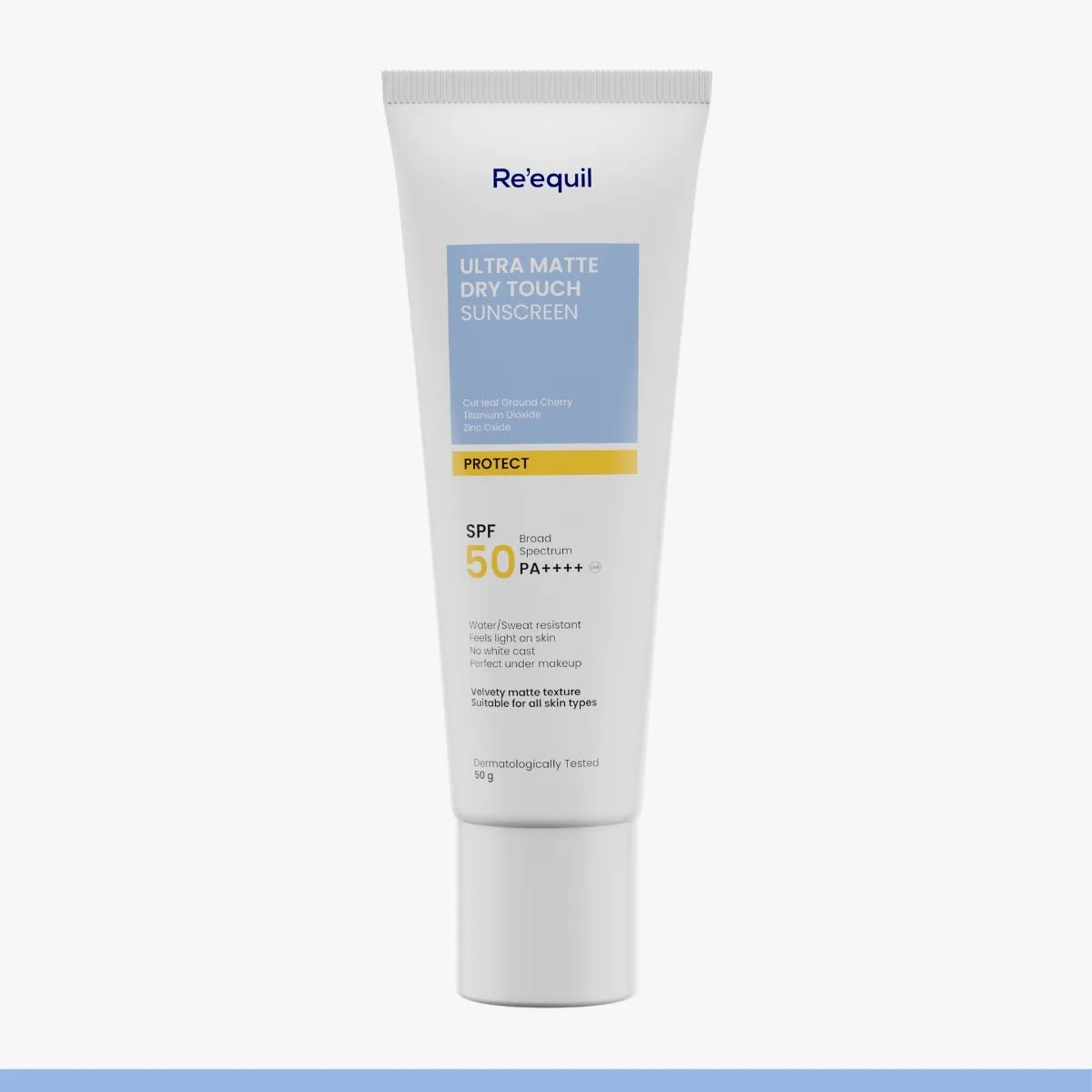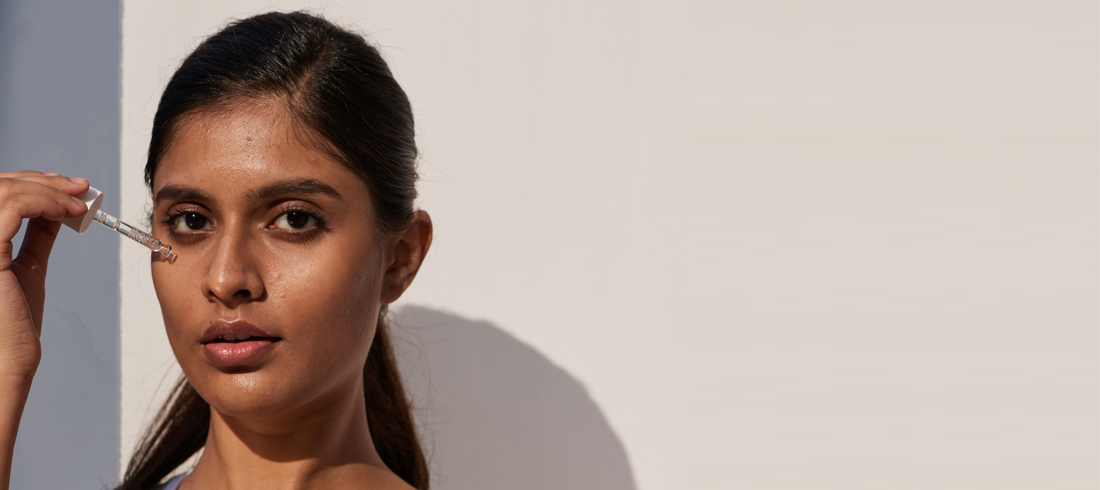What's in the name?
Misunderstanding – if hormonal acne was the context.
Here’s the thing: they are often associated with adolescence but do not necessarily end with your 18th birthday.
As per studies, approximately 50% of women in their 20s and 33% in their 30s suffer from acne in India.
Moreover, over 25% of women and 12% of men in their 40s still report having acne.
Therefore, it's important to bust the misconception and learn evidence-backed ways to manage and treat it.
Understanding Hormonal Acne
Hormones can trigger or worsen breakouts. And it happens like a dynamo effect (one small action or trigger setting off a chain of events).
Hormonal fluctuation causes a surge of androgens (like testosterone in men, estrogen and progesterone in women).
They signal oil glands to produce more oil which mixes with dead skin cells and bacteria leading to clogged pores and inflammation.
The result?
A breakout.
Unlike usual pimples, hormonal acne is deeper and more inflamed. Hence, it’s important to know how they differ from normal acne.
Hormonal Acne vs. ‘Normal’ Acne
There’s only a thin line between the two since all acne is influenced by hormones. At least to some extent.
However, here’s how you can differentiate between the two:
- Predictable cycle: Hormonal acne may show up before periods, during stress, after pregnancy, or in menopause. In men, factors like stress and artificial androgens (steroids) can trigger breakouts.
- Hormone sensitive zones: May occur near the jawline, chin, lower cheeks, sometimes the neck or back.
- More painful: Compared to otherwise occurring pimples, hormonal acne forms deep, painful bumps or cysts.
- Acne during puberty: Teen acne, by contrast, usually dominates the T-zone (forehead, nose, upper cheeks) and includes more surface whiteheads and blackheads.
Understanding these differences is just the first step. The next question is why hormonal acne appears or reappears well past high school.
Why Hormonal Acne Can Strike at Any Age
Hormones fluctuate during various phases of life. They mostly stem through lifestyle choices, genetics, biological development, and stress, explaining why acne can persist or emerge even during 40s.
- Adolescence: Puberty-driven androgen surges explain why up to 95% of teens (worldwide) experience acne of some form. Teenage acne tends to be widespread but often improves by early adulthood as hormones stabilize.
- 20s & 30s: Women often face adult-onset acne tied to menstrual cycles, pregnancy, polycystic ovary syndrome (PCOS), or birth control. Men may deal with persistent acne or new flare-ups linked to stress, supplements, or steroid use.
- 40s & beyond: Women in perimenopause or menopause may see breakouts for the first time in years, as declining estrogen leaves androgens unopposed. Hormonal acne at this stage often involves the lower face and can be stubborn.
This lifespan pattern is why dermatologists stress: acne is not “just for teenagers,” and can stem due to several reasons.
Causes and Triggers of Hormonal Acne
Many factors come to sync for acne to erupt. Hormones is just a key that upstream triggers and kick starts the process. Hence, understanding the major causes holds importance.
- Menstrual cycle: As estrogen and progesterone drop at the end of the cycle, androgens may exert more effect.
- Pregnancy: Pregnancy involves surges in various hormones.
- Postpartum and discontinuing birth control: The skin sometimes “rebounds” with acne after hormonal birth control is withdrawn.
- Menopause: Relative increase in androgens when estrogen and progesterone level falls trigger serious acne.
- Androgens (men): Signals skin’s oil glands to ramp up oil production.
- Stress (men & women): Cortisol (stress hormone) stimulates oil glands during chronic stress. Research says, stress and acne flare-up is a vicious cycle, as acne itself can cause stress and vice-versa.
- Genetic (men & women): If one of your parents had adult acne, you could too. Family history is often noted by dermatologists as a risk factor.
- Cosmetics & hair products (men & women): Using heavy, pore-clogging cosmetics or creams can trigger breakouts, a phenomenon called acne cosmetica.
- Diet (men & women): In recent years diet has emerged as a controversial yet important factor in acne. However, a study presented to the European Academy of Dermatology and Venereology in October 2022 testifies that dairy and sugar are among the greatest factors for acne. As per the survey 48.2% people with acne regularly consumed dairy products.
- Medications and other factors (men & women): Certain medications and health conditions can induce acne as a side effect. Examples: steroids and PCOS.
Simply put, hormonal acne often boils down to anything that tips the hormonal balance or makes skin hyper-responsive or sensitive to certain triggers. Understanding personal triggers is the key to preventing and treating acne the right way.
3 Effective Tips To Treat Hormonal Acne
Dealing with hormonal acne requires a multi-pronged approach. Though 100% prevention from hormonal acne is a myth, there are ways you can prevent pores from clogging and calm down oil glands and inflammation.
That said, it’s always wise to regularly consult a doctor if you feel your acne getting severe. Alternatively, here are 3 effective tips on how you can treat your hormonal acne better.
- Consistent Gentle Skincare Routine
Your daily skincare routine and choices have as much to do with how you approach hormonal acne.
- Wash your face gently, twice a day (day and night). Use an oil free facewash with mild, pH-balanced formulation.
- Opt for oil-free, non-comedogenic products that don’t clog pores.
- Avoid heavy makeup or remove it thoroughly.
- Don’t pick or squeeze your pimples
- Use the right ingredients
Choosing the right ingredients that help rebalance your skin is crucial to treat hormonal acne. While you should be mindful while picking ingredients, here are some actives recommended:
- Salicylic Acid: helps unclog blackheads and whiteheads by dissolving dead skin and oil.
- Retinol: Vitamin A derivative that increases cell turnover, keeping pores from clogging and helping fade post-acne marks. Consistent nightly use can improve skin texture and prevent new breakouts.
- Niacinamide: Aka Vitamin B3, is a great anti-inflammatory ingredient that can reduce redness and sebum production.
- Alpha Hydroxy Acids (AHAs): Glycolic acid and lactic acid are AHAs that exfoliate the skin's surface, helping to remove dead skin cells.
While using any of these actives, patience is key since they need a few weeks to show effect (usually 4 - 8 weeks). It’s also important to note many ingredients like Retinol and high doses of Salicylic acid are unsafe during pregnancy.
- Lifestyle Choices
Treating hormonal acne isn’t all about using actives and right skincare products. Lifestyle measures can make a huge difference in preventing flare-ups too. Below are some tips to support your skin:
- Diet and hydration: Consider a diet with low glycemic load like brown rice and whole grain. Refrain from refined sugar intake and limit your starchy meals.
- Stress management: Given the links between stress hormones and acne, finding ways to manage stress through regular exercise helps.
Remember, hormonal acne is a common skin condition. You are not alone in dealing with those frustrating flare-ups. By following an evidence-based approach you can significantly improve your skin.
So stay consistent with your routine, give it time to work, and above all, be kind to yourself even if your skin throws a tough day ahead.









